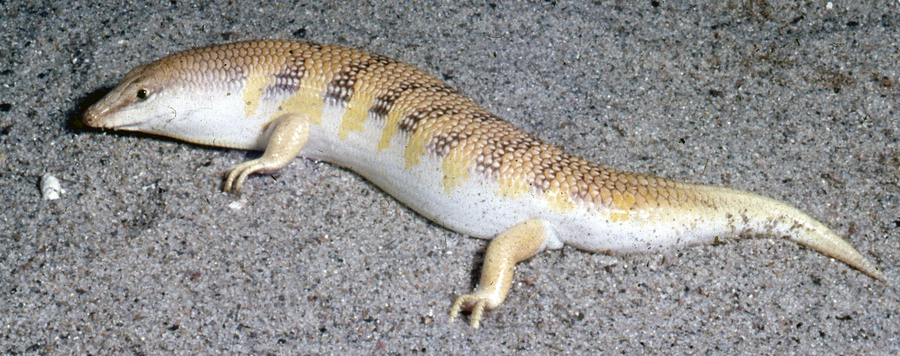
Respiratory physiology of Scincus scincus
The sandfish (Scincus scincus) is a desert-dwelling lizard that has evolved the ability to swim in loose sand. It can also bury itself deep in sand, remaining there for prolonged periods while staying physiologically active. We investigated the basic parameters of its respiratory physiology – pulmonary volumes, oxygen consumption, and carbon dioxide production – and the physical properties of its natural habitat. The latter were also simulated using a mathematical model, which was then applied to a more naturalistic system. The lungs, and thus the tidal volumes, of the sandfish are very small, and its oxygen consumption and carbon dioxide production are low. Our simulation suggests that the diffusion of gases through sand alone is sufficient to fully sustain physiological conditions. The animal’s low need for oxygen enables it to inhabit a large biotope within the sandy desert, where it can passively regulate its body temperature (and consequently its metabolism), thus reducing its need for food and water, and where it can rest in locations that are safe from predators.





